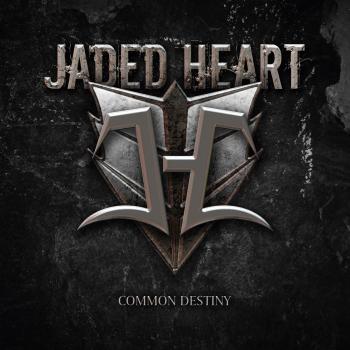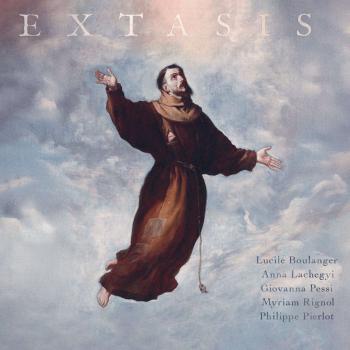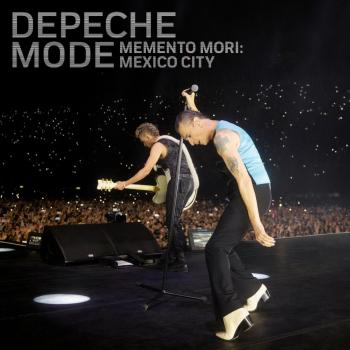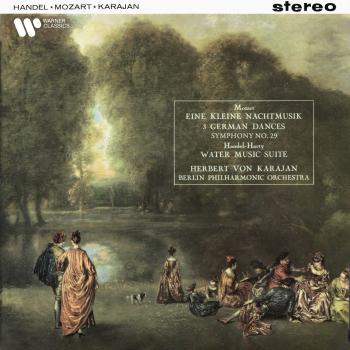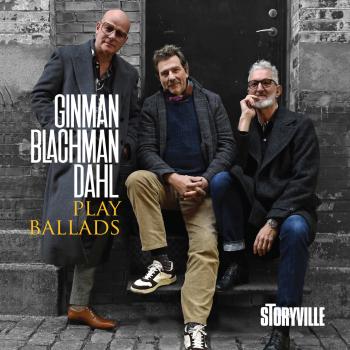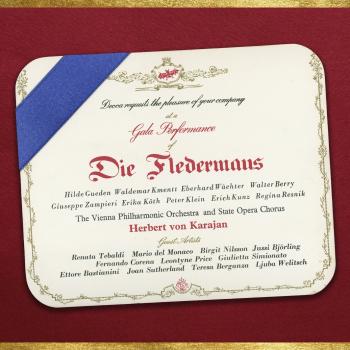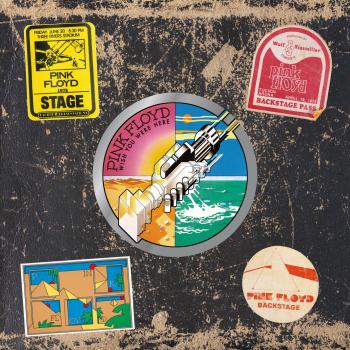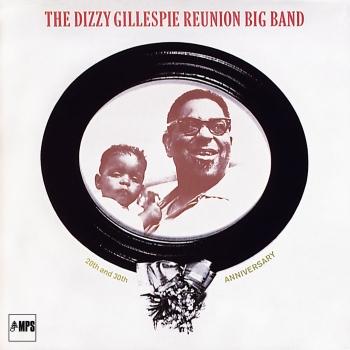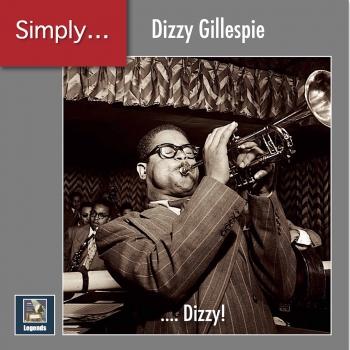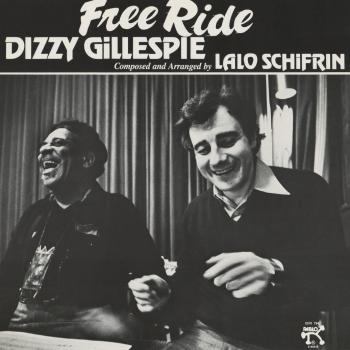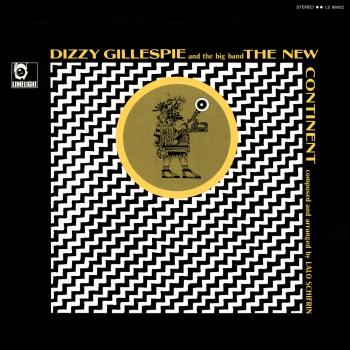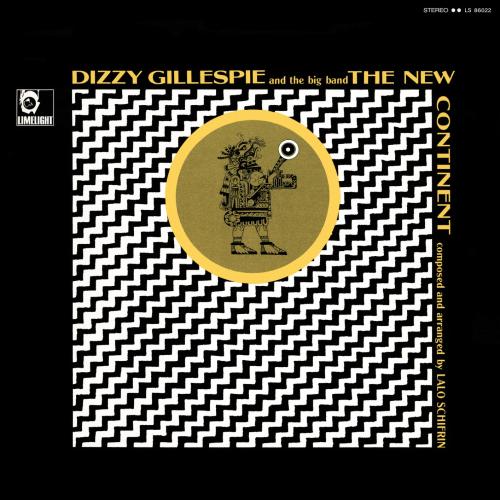
The New Continent (Remastered) Dizzy Gillespie
Album Info
Album Veröffentlichung:
1965
HRA-Veröffentlichung:
23.05.2025
Das Album enthält Albumcover
Entschuldigen Sie bitte!
Sehr geehrter HIGHRESAUDIO Besucher,
leider kann das Album zurzeit aufgrund von Länder- und Lizenzbeschränkungen nicht gekauft werden oder uns liegt der offizielle Veröffentlichungstermin für Ihr Land noch nicht vor. Wir aktualisieren unsere Veröffentlichungstermine ein- bis zweimal die Woche. Bitte schauen Sie ab und zu mal wieder rein.
Wir empfehlen Ihnen das Album auf Ihre Merkliste zu setzen.
Wir bedanken uns für Ihr Verständnis und Ihre Geduld.
Ihr, HIGHRESAUDIO
- 1 The Legend Of Atlantis 05:46
- 2 The Empire 07:31
- 3 The Conquerors 07:42
- 4 The Chains 09:12
- 5 The Swords 04:07
- 6 Chorale 05:44
Info zu The New Continent (Remastered)
The New Continent is an album by trumpeter Dizzy Gillespie's Big Band featuring performances arranged and composed by Lalo Schifrin and conducted by Benny Carter. It was produced by Quincy Jones in 1962.
A wickedly great album from Dizzy Gillespie – one of his most striking sessions of the early 60s, and a perfect blend of his Latin and modern modes! The album features an extended suite – composed and arranged by Lalo Schifrin, who'd just begun working with Dizzy at the time, and who was inflecting his sound with a lot of South American grooves. The work's played by a large ensemble led by Benny Carter – with Dizzy as the main soloist, and work by players that include James Moody, Phil Woods, Emil Richards, Francisco Aguabella, and Schifrin himself. Tracks are long, and have complicated introductions – then easily give way to the sort of flowing grooves that Schifrin was penning often at the time. Titles include "The Chains", "The Swords", "The Empire", and "The Legend Of Atlantis".
Dizzy Gillespie, trumpet, vocals
Conte Candoli, trumpet (tracks 1–6)
Al Porcino, trumpet (tracks 1–6)
Ray Triscari, trumpet (tracks 1–6)
Stu Williamson, trumpet (tracks 1–6)
Mike Barone, trombone (tracks 1–6)
Bob Edmonson, trombone (tracks 1–6)
Frank Rosolino, trombone (tracks 1–6)
Kenny Shroyer, trombone (tracks 1–6)
Luis Kant, French horn (tracks 1–6)
Stewart Rensey, French horn (tracks 1–6)
Ches Thompson, French horn (tracks 1–6)
Red Callender, tuba (tracks 1–6)
Charlie Kennedy, alto saxophone (tracks 1–6)
Phil Woods, alto saxophone (tracks 1–6)
Leo Wright, alto saxophone, flute (tracks 7–10)
James Moody, tenor saxophone (tracks 1–6)
Bill Perkins, tenor saxophone (tracks 1–6)
Bill Hood, baritone saxophone (tracks 1–6)
Lalo Schifrin, piano, arranger
Al Hendrickson, guitar (tracks 1–6)
Buddy Clark, double bass (tracks 1–6)
Bob Cunningham, double bass (tracks 7–10)
Chris White, double bass (tracks 1–6)
Rudy Collins, drums (tracks 1–6)
Chuck Lampkin, drums (tracks 7–10)
Mel Lewis, drums (tracks 1–6)
Candido Camero, conga (tracks 7–10)
Francisco Aguabella, percussion (tracks 1–6)
Larry Bunker, percussion (tracks 1–6)
Emil Richards, percussion (tracks 1–6)
Benny Carter, conductor (tracks 1–6)
Digitally remastered
Dizzy Gillespie
John Birks “Dizzy” Gillespie was born on October 21, 1917 in Cheraw, South Carolina. Dizzy was the youngest of nine children. He started playing the piano at 4, trombone at 12, and the trumpet at 14. For the most part Dizzy was self taught. “Gillespie was born into a family whose father, James, was a bricklayer, pianist and band leader.”3 Therefore trumpets, saxophones, guitars and pianos were at Dizzy’s disposal. Tragically, Dizzy’s father James died when he was just 10.
In 1935, Dizzy put his scholarly pursuits on hold at Laurinburg Institute in North Carolina on hold to move to Philadelphia to play in local groups. Dizzy joined the orchestra of Fran Fairfax in 1935, the orchestra of Teddy Hill in 1937, the orchestra of Cab Calloway in 1939, the orchestra of Ella Fitzgerald in 1942, and the orchestra of Earl Hines in 1943. During this period he acquired the nickname by which he has become universally known. “The name Dizzy resulted from his zestful behavior and was actually bestowed by a fellow trumpeter, Fats Palmer, whose life Gillespie saved when Palmer was overcome by fumes in a gas-filled room during a tour with the Frankie Fairfax band.”
“In 1937, Gillespie met his future wife, Lorraine, a chorus dancer at the famed Apollo Theater: they were married in 1940 and remained together until his death.” During a party for Lorraine, another band member bent Dizzy’s trumpet in such a way that the upward 45-degree angle of the bell allowed him to hear the notes sooner than before. Also if he was looking at a chart and was looking down the horn pointed toward the audience. He enjoyed the unexpected side effects of the bent trumpet so much that he later ordered a trumpet constructed similar to the bent design.
Dizzy Gillespie and Charlie Parker have been attributed with the development of bebop and modern jazz. “Dizzy appeared on a Lionel Hampton record date, playing a solo on a tune entitled ‘Hot Mallets’ which many observers believe to be the first recorded example of what would later be called bebop.” In 1945 Gillespie formed his own big band, with limited commercial success, that showcased the concept of big band bebop as a form of jazz.
In the late 1940s Dizzy was involved with a movement dubbed Afro-Cuban music. It brought Latin and African elements into the jazz scene. One of his most famous songs contributing to this movement was “Manteca.”
In 1956 during Dwight D. Eisenhower’s presidency, Dizzy organized a band to go on a State Department tour of the Middle East, Africa, and Asia which earned him the nickname “the Ambassador of Jazz.” Gillespie played using the bebop style for the rest of his career. In 1960, he was inducted into the Jazz Hall of Fame. In 1979, Dizzy published his autobiography To Be or Not to Bop. In the 1980s he led the United Nations Orchestra. 1989 was a whirlwind year for Dizzy as he gave 300 performances in 27 countries. Dizzy died on January 1993 in Englewood, New Jersey.
“In the history of the development of jazz trumpet, Gillespie’s place ranked second only to that of Louis Armstrong.” Gillespie’s career rarely failed to show fresh thought, excitement, and exuberant vitality. Dizzy created a legacy for inspiring musicians to follow. This musical legacy is best summarized by him, “The Music of Charlie Park and me laid a foundation for all the music that is being played now…. Our music is going to be the classical music of the future.”
Dieses Album enthält kein Booklet

